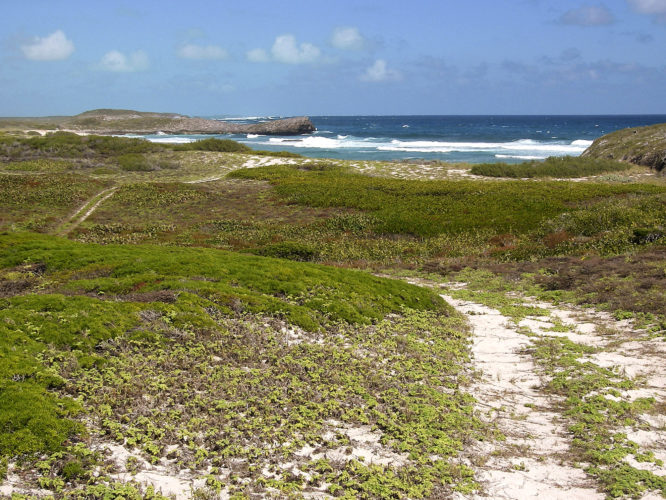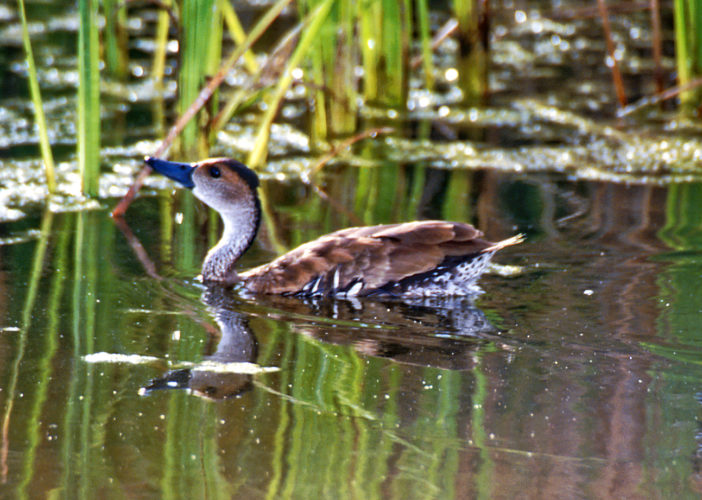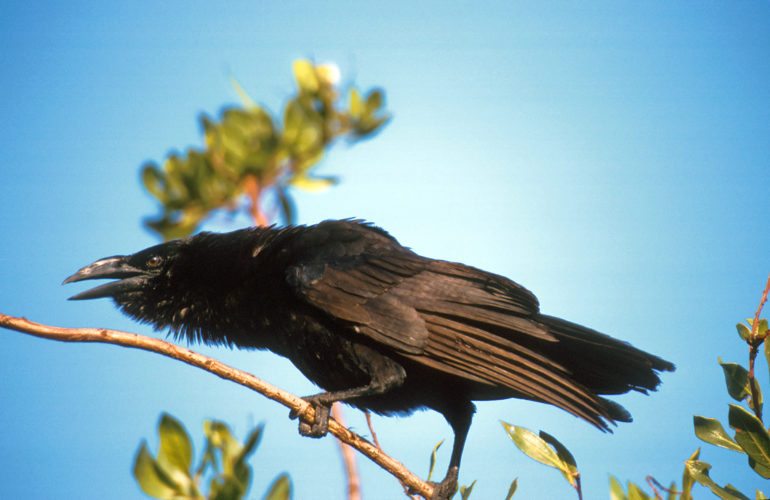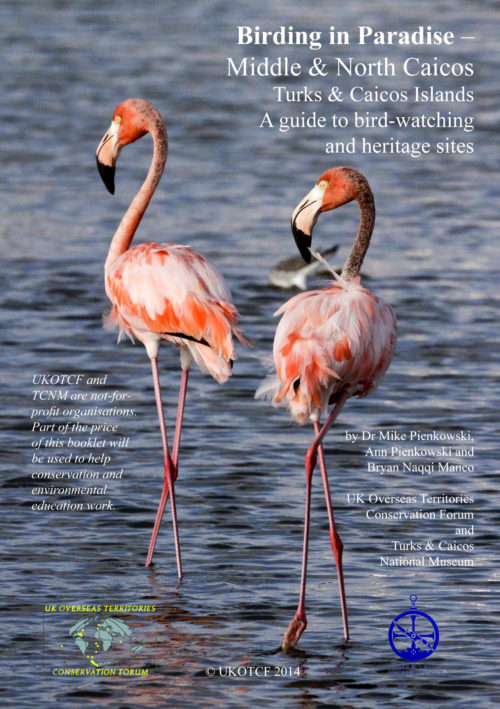Middle Caicos
Middle Caicos has remained undeveloped, and retains a quiet, rural, village atmosphere. In fact, since the causeway was built, Middle Caicos has even fewer services and facilities than it did previously. The airport has effectively been closed, and the main shops, bank, etc are to be found in North Caicos. This situation became very critical when Hurricane Hanna destroyed the causeway in 2008, and Middle Caicos was effectively cut off from the rest of TCI for several days. Only in 2013 were substantial repairs made to the causeway, emergency and ad-hoc repairs having kept the causeway functioning since Hanna in 2008.
There is essentially no economy apart from the still very early stage ecotourism industry. The population is therefore declining. However, Middle Caicos has a huge amount to offer via sustainable tourism – birdwatching, whale watching in winter, nature, fishing, hikes, history and culture, swimming, snorkeling, peace and quiet, except at certain times of the year when large festivals like CrabFest and the Valentine’s Day model sailboat race bring the crowds to Bambarra Beach.
Middle Caicos has a good main road across the island, from the causeway with North Caicos in the west to the eastern end at Lorimers. There are many minor roads and tracks, some of which are not suitable for vehicles. It is a large island, and has many interesting and varied areas for the bird watcher and naturalist.
In the early to mid 2000s, the UK Overseas Territories Conservation Forum (UKOTCF) worked with the Turks and Caicos National Trust to develop a management plan for the Ramsar site, centered on Middle Caicos which is the largest component of the Ramsar site. This plan identified the need for an infrastructure to enable small local businesses to develop economic activities related to ecotourism, especially birdwatching. These included a series of interpreted field roads, and a conservation center with research facilities, accommodation for visiting scientists, and a small exhibition room with interpretive displays. Sadly, the National Trust, after the handover of management of the field roads and conservation center, withdrew from maintenance of the field roads and closed the conservation center. Hurricanes and lack of maintenance have taken their toll, and the facilities have deteriorated badly.
Some of the field roads, through local usage and some continuing use by local guides, are still accessible, although the guide cards which relate to the remaining markers on the trail are no longer available locally, and many of the field road start signs are no longer in place. UKOTCF is currently considering ways of helping to re-invigorate the field road network and interpretation. Those field roads, or parts, which are still accessible, are mentioned below. Even without the interpretation guide cards, these offer good opportunities for birdwatching and interesting walks through a variety of different habitats.
Some of the suggested sites for birdwatching are:
Fish ponds, and Crossing Place Trail: The fish ponds are reached shortly after the causeway reaches Middle Caicos. These are linked to the sea by underground channels. A number of different Herons, Shorebirds, and Terns are frequently seen here. Crossing Place can be accessed from Blue Horizon Resort, where public access to the beach is kindly allowed by the owners. The cliff path part of Crossing Place Trail from Blue Horizon is quite tricky, but just west of Blue Horizon, right by the main road, is the start of the Fish Ponds to Blowing Hole field road (the sign is often masked by overgrown vegetation). This path leads to a great coastal walk, part of the original Crossing Place Trail. You are advised not to venture beyond Blowing Hole, as the terrain here is like walking on fractured limestone “eggshell” with sea caves below, and many holes hidden by vegetation.

Conch Bar Village Pond: After passing through the village of Conch Bar, Village Pond is right by the side of the road. This is part of the Conch Bar Caves Nature Reserve, the water is from the freshwater lens. The scrubby bush and open water and marsh are attractive to many kinds of birds. We have seen a family party of West Indian Whistling Ducks here.
The rocky coast: The road continues through coastal coppice vegetation along the line of the coast. Look out for Pelicans, Osprey, Kestrel and various scrub birds.
The ponds: There are various salt ponds along this road. Depending on the season, the ponds have different levels of water, and after a long dry spell they can be dry too. Montpeller Pond is right by the road, and Flamingos and Clapper Rails can be found here. As the road turns away from the coast there is Turnup Pond, now masked by a vigorous growth of White Mangrove. Many waterbirds and ducks can be found here.

Bambarra Beach: Where the road turns right into Bambarra, a track leads down to Bambarra beach. This is a good place to see Pelicans
Lorimers and Haulover Field Road: Just before entering the village of Lorimers, a hard-surfaced track to the left leads several kilometres to the shore at Half Creek. Haulover Field Road is on the left, a few kilometres along this track. The sign is still visible, and a viewing platform can be seen from the road. The fairly short walk along here to the ruins of Haulover Plantation passes through recovering tropical dry forest, and is a good place to spot the greater Antillean Bullfinch and Thick-billed Vireo endemic sub-species, as well as Blue-gray Gnatcatchers, Bahama Woodstars, Bananaquits and other scrub birds.
Lorimers Landing: The main road ends at Lorimers Creek. A variety of birds can be seen in this area.
Together with adjacent uninhabited and difficult to access East Caicos, Middle Caicos is the only place to see both endemic subspecies of TCI birds, the Greater Antillean Bullfinch and the Thick-billed Vireo. These depend on the regenerating tropical dry forest habitat. The island is probably the best also for the Cuban Crow, restricted to the Caicos Islands and Cuba, and the Bahama Woodstar, shared between TCI and the Bahamas. It is probably the most important of the islands for the vulnerable West Indian Whistling-Duck, and the vulnerable Kirtland’s Warbler has also been recorded. The ponds of variable salinity are important for a wide range of migrant and resident waterbirds. Flamingos probably breed in their typical occasional way in some of the remote ponds.

TCI has nine species of endemic plants and several endemic subspecies of reptiles. On Middle Caicos this includes the Caicos Encyclia orchid and the endemic Britton’s buttonbush. Also, the endemic rainbow boa and pygmy boa, only pencil-sized and the smallest constrictor in the world, are found on Middle Caicos. Migrating humpback whales can be seen close inshore, particularly during February.
A guide booklet, “Bird Watching in Paradise – Middle & North Caicos; Turks & Caicos Islands: A guide to birdwatching and heritage sites”, with full color photographs of birds, maps and guiding text, can be purchased from the National Museum gift shop and other outlets, or from the UK Overseas Territories Conservation Forum (UKOTCF) as a PDF download suitable for tablets. It gives full details of how to get to Middle Caicos via the ferry to North Caicos, and practical information such as where to stay, restaurants, the small variety stores, taxi operators and guides. Car rental is available on North Caicos, and rental companies meet the ferry by prior arrangement. The booklet (in hard copy or download) retails for $10, and the trail guide cards for $5 each. Part of the purchase price goes back to supporting conservation in TCI, and maintenance of the trails. There are no entrance fees for the bird trails.

